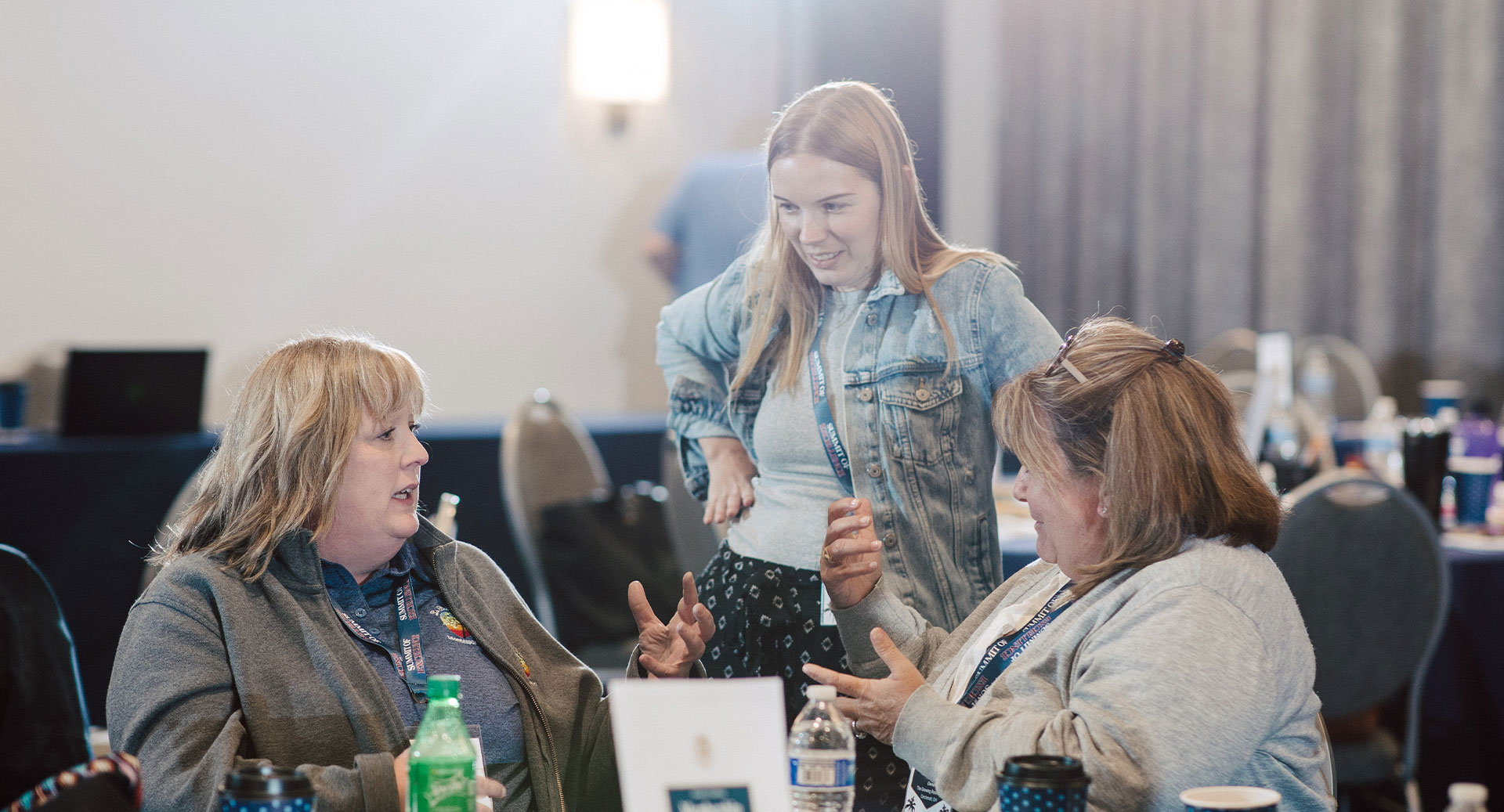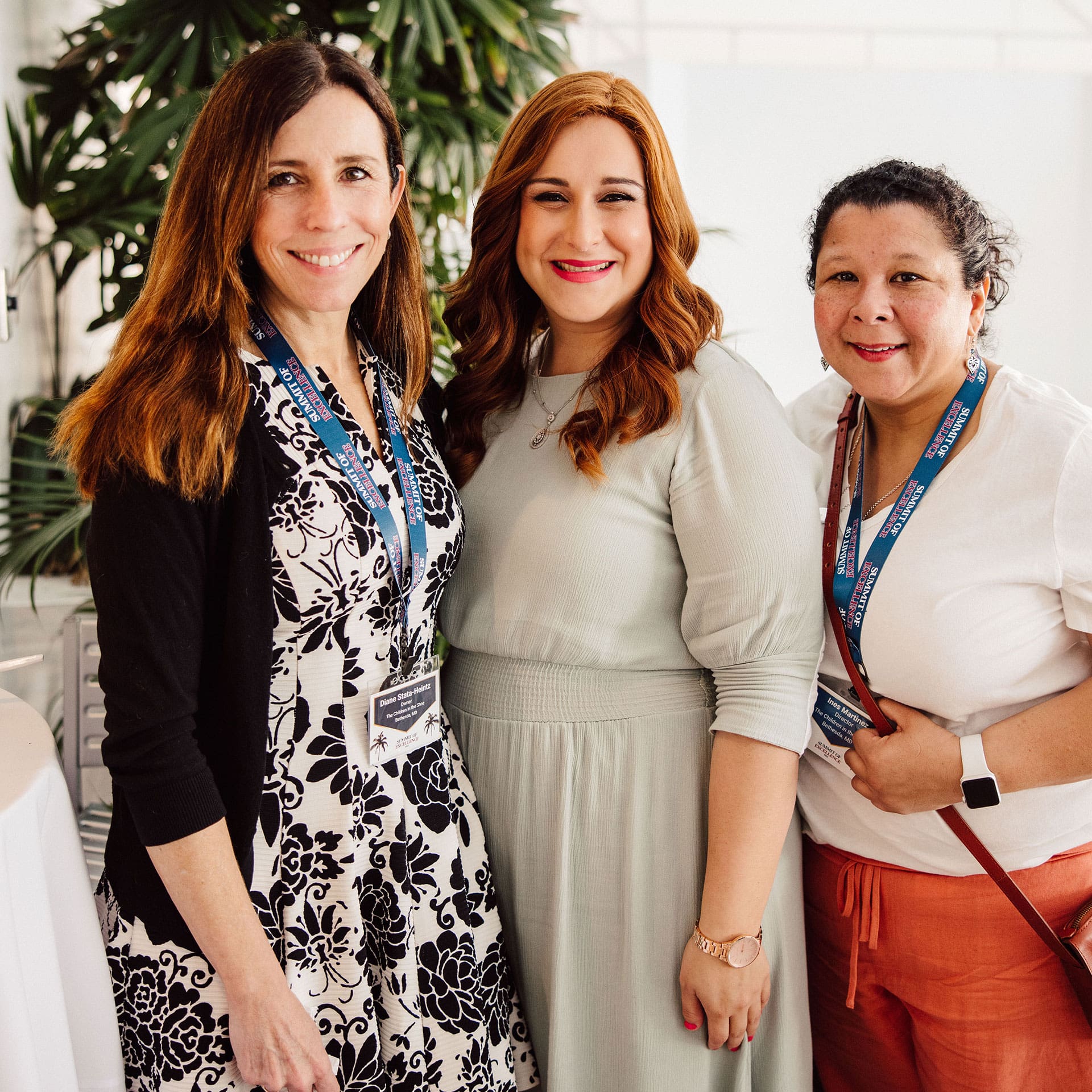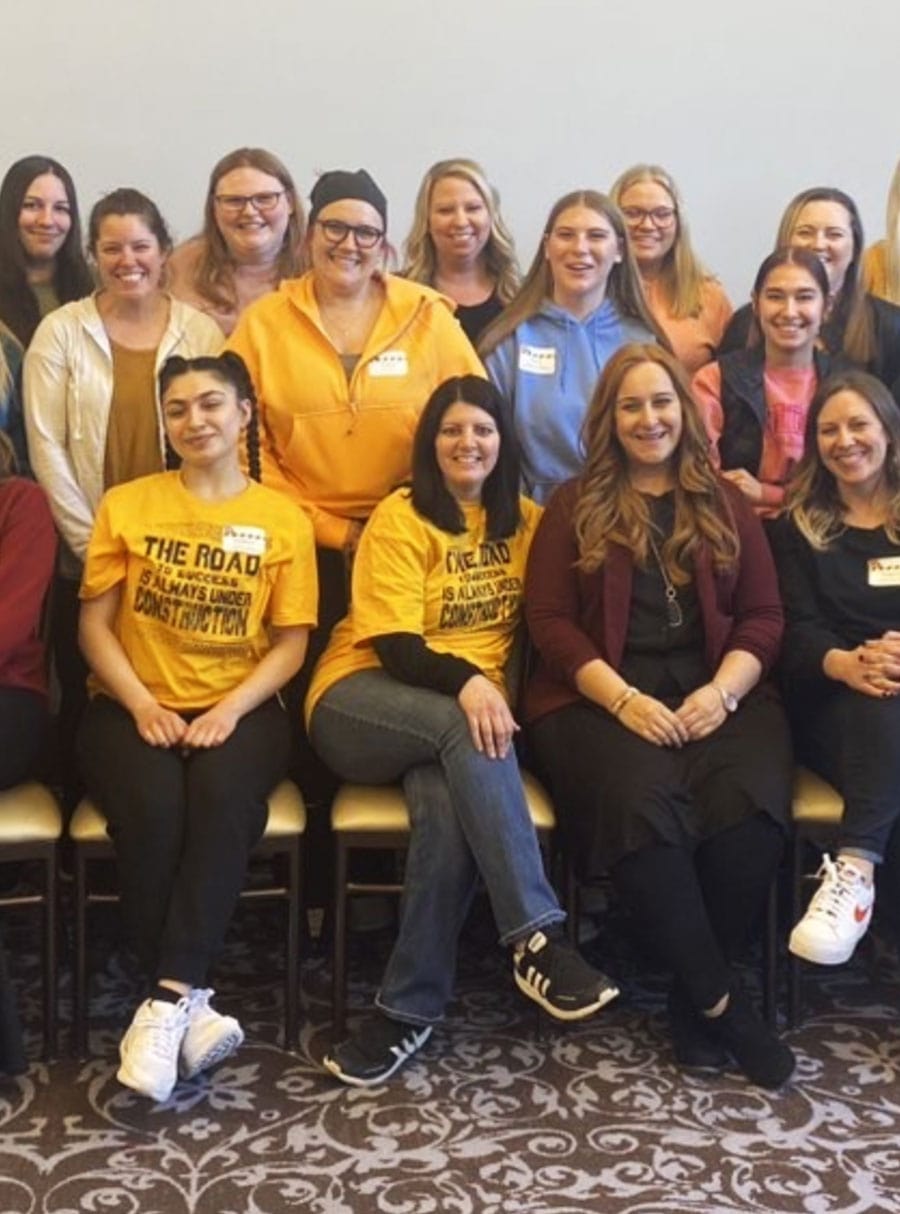One common challenge of navigating a multigenerational workforce is figuring out how to communicate in a way that resonates with and makes sense to staff members of different ages.
Let the Generations Inform Your Communication Style
Just as each generation has different workplace motivations, each generation has preferred communication styles in the workplace. For instance, Baby Boomers and other older generations are more likely to communicate bluntly or directly—to “tell it like it is.” Meanwhile, Millennials often respond well to more constructive feedback paired with opportunities for recognition and collaboration.
Generational differences are one factor that can inform how you communicate individually with your staff members. This is especially true when it comes time to have difficult conversations. The way we were raised and the events we experienced while growing up have a major impact on the way we navigate conflict. Taking your staff members’ generations into account can help you find new and improved ways of navigating conflict together.
Quick Tips for Multigenerational Communication
Because each generation has their own communicative styles and preferences, there are countless opportunities for miscommunication and conflict when members of different generations are in a room together. Here are a few actionable tips you can use to help your multigenerational team communicate better with one another.
Audit your staff list. Before a staff meeting, take inventory of which generation each staff member belongs to. These proportions will inform your communication and leadership style.
Ask the right questions. The questions we ask our staff reveal the type of environment we’re working to create. Try asking your team members, “How do you define work ethic?” and take note of how the different generations answer. These types of questions can act as springboards for beautifully collaborative conversations!
Get out of the office. To encourage team members from different generations to communicate and spend time together, arrange for offsite experiences that are connected to your center’s values. Getting physically away from the workplace can present opportunities for older generations to tell stories and give advice, and for younger generations to teach new skills.
Don’t overthink it. You can equip yourself with the context of how each generation in your workplace has grown up and learned to act and communicate without it being the only factor in your leadership strategy. Trust your instincts, take in each generation’s unique perspective, and then take action.



